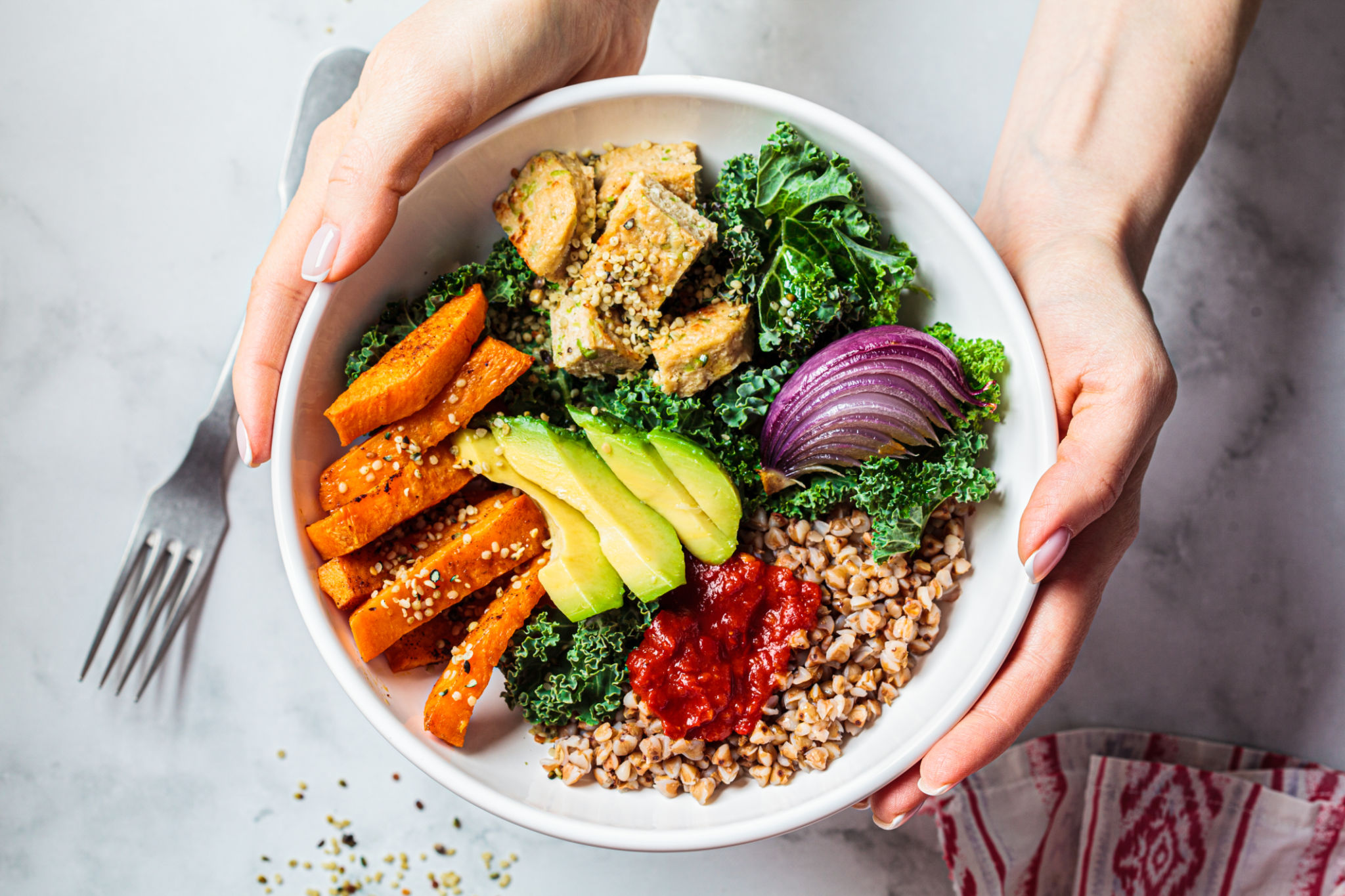A Beginner's Guide to Starting a Keto Diet Safely
Understanding the Keto Diet
The ketogenic, or keto, diet is a low-carb, high-fat eating plan designed to trigger ketosis—a metabolic state where the body burns fat instead of carbohydrates for energy. This diet has gained popularity for its potential benefits in weight loss and health, but starting it safely is crucial for success and well-being.

Key Principles of the Keto Diet
The main goal of the keto diet is to significantly reduce carb intake and replace it with fat. This reduction in carbs puts your body into a metabolic state called ketosis. In ketosis, your body becomes adept at burning fat for energy. It also turns fat into ketones in the liver, which can supply energy for the brain.
To follow a keto diet, you generally need to consume about 70-80% of your calories from fats, 10-20% from protein, and only 5-10% from carbohydrates. This requires careful planning and a good understanding of food labels to ensure you're staying within these macronutrient ranges.
How to Start a Keto Diet
Beginning a keto diet involves more than just cutting out carbs. Here’s a simple guide to help you get started safely:
- Research and Plan: Understand what foods are keto-friendly and plan your meals accordingly.
- Consult a Healthcare Professional: Before making drastic dietary changes, it's wise to consult a doctor or a nutritionist.
- Gradual Transition: Gradually lower your carb intake over a few weeks instead of cutting them out all at once to prevent shock to your system.

Essential Foods to Include
The keto diet encourages the consumption of whole, unprocessed foods. Here are some staples you should consider:
- Meat and Poultry: These are rich in protein and typically carb-free.
- Fish and Seafood: Fatty fish like salmon are great choices.
- Eggs: Versatile and nutrient-dense, eggs are a keto favorite.
- Low-Carb Vegetables: Spinach, kale, and broccoli are excellent options.
- Nuts and Seeds: Opt for almonds, walnuts, and chia seeds for healthy fats and fiber.
Avoid Common Pitfalls
Starting a keto diet can be challenging, especially with common pitfalls like the "keto flu," which includes symptoms such as fatigue and headaches. To avoid this, ensure you're staying hydrated and replenishing electrolytes by consuming foods rich in sodium, potassium, and magnesium.

Monitoring Your Progress
Tracking your food intake and ketosis levels can help you stay on track. Many tools and apps are available to help monitor your macronutrient intake and ketone levels to ensure you're maintaining ketosis.
Remember that every person’s body responds differently to the keto diet. It’s essential to pay attention to how your body feels and make adjustments as needed.
The Importance of Patience and Consistency
Adapting to the keto diet takes time. Some people may experience rapid weight loss initially, while others might see slower progress. Patience and consistency are key components of success in any dietary change. Celebrate small victories along the way to stay motivated.
Ultimately, the keto diet is not just a quick fix but rather a lifestyle change for those who choose to follow it. With careful planning and attention to safety, you can make the transition smoothly and enjoy the potential health benefits it offers.
